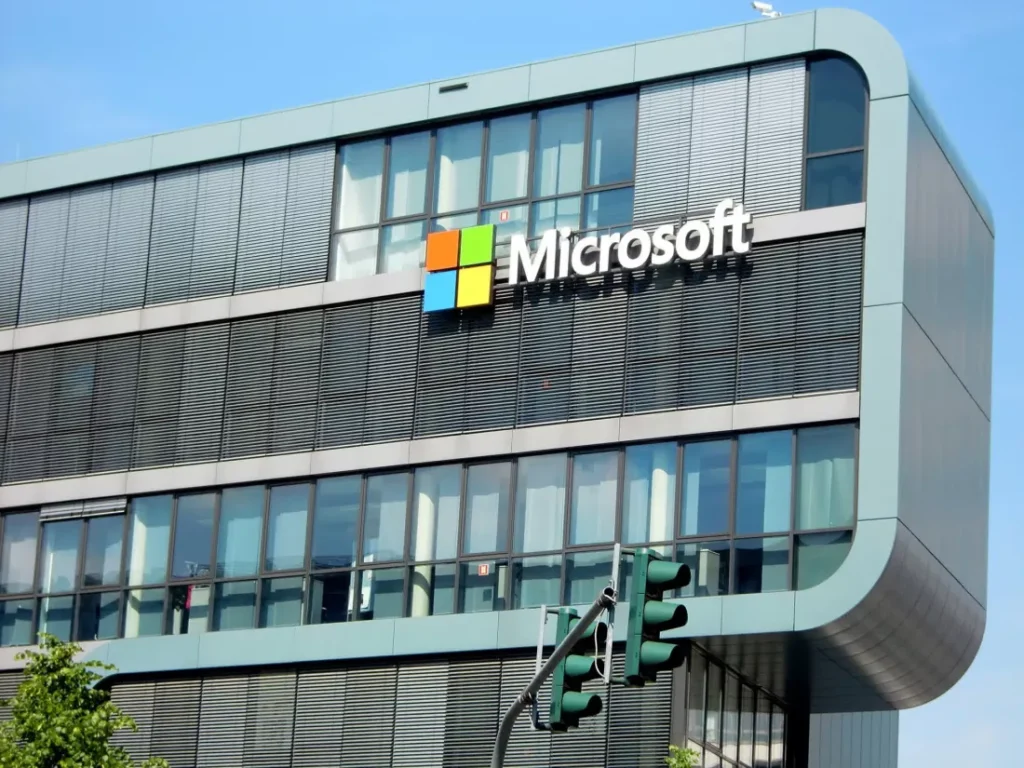Microsoft is restructuring its approach towards security in one of its operations systems, Windows. Turbo Microsoft is also planning to move most of its security software out of the Windows kernel for performance plus security optimization which is done in the operating system. Though this likelihood might change the way in which windows protects its users, it also holds the promise of decreasing the security related risks or weaknesses which can emanate from under the windows kernel where security features operate.

Windows Kernel and its Importance
Now before discussing the effect of this decision, let’s try to comprehend the way Windows kernel functions. The kernel is the heart of the operating system that manages the core or low-level operations and hardware. Furthermore, it can be described as the most essential component of the OS with the responsibility of managing how the system communicates with the different applications and the hardware. Anything that runs inside the kernel is afforded the ability to use all system resources which makes it high while being prone to weaknesses.
For a long time, Microsoft has been embedding security features right down the kernel level in its products, so that there is real-time safeguarding of the system as well as continuous monitoring of the system. However, sometimes, this has posed risks for security, since it was possible for any weaknesses in the kernel to be exploited, drawing the attention of hackers to kernel-level processes that are crucial.
Why Move Security Software Out of the Kernel?
The most convincing reason for the movement of security software outside the kernel is not really the itch to try something new but rather two: security and stability.
Reduced Attack Surfaces: Increasing the level of kernel code leads to an increase in attack surface. There are features in kernel mode that offer a guarantee of reducing the risk of security software being compromised by an attacker exploiting a weakness in the software. This is because the core functions of the security system are to be less vulnerable to attacking intruders.

Improving System Stability: Kernel-level software impacts the operational efficiency and stability of a system. Therefore, that bug or failure in kernel-mode code will provide an opportunity for more blue screens or system crashes. Moving security Software to the proper user mode is therefore aimed at improving system efficiency by reducing the possibility of system structural failure.
Availability of Security Features: How Will Security Still Be Maintained?
While moving security software out of the kernel could be perceived as reducing security, it is more of architectural change Microsoft’s strategy in implementing this shift as well. Sandboxing, virtualization and containerization for example will enable the security functionality to be deployed in a separate environment and thus accessing kernel only when necessary.
Further, Microsoft’s Windows Defender and similar protection tools will remain an internal part of the OS but will operate on more modern design principles to perform the tasks efficiently without the kernels removing those operating structures. This way, security software can still be used without putting themselves or the OS at risk of being damaged.
Consequences For Users And Developers
From that point of view, the average user should not be concerned about this change as regards the operations on the average day to day activities, rather its benefits would be incorporated subtly and in performance and number of crashes of the Operating System. Also, the core functions of the system will not be exposed hence there will be relatively less security risks associated with it.
Nevertheless, however, for the developers, this new phenomenon poses challenges especially for those working on security or high level system design. Reduced dependence on kernel level security measures means that third party applications will have to rethink their design principles in line with Microsoft’s direction on secure user mode applications.

The Broader Trend Toward System Isolation
Microsoft’s action fits within a more general tendency in the industry to isolate hardware that corresponds to critical applications from the core operating system. In light of the rising risks posed by elevated levels of malware and ransomware, even companies such as Microsoft are considering where to position embedded security features inside the operating system. Thus kernelized structures can be not only secured but also made more adaptable to the potentially hostile environments of the future.
Conclusion
Microsoft’s decision to separate the system and application program interface security software programs from the Windows kernel represents a departure from the company’s past practices as far as the business of securing the operating system is concerned. With lowering the kernel’s exposure and placing fundamental protection to isolated places, there is a step by Microsoft towards the reliable and secure Windows. Such development is anticipated to be of both end users and businesses by enhancing performance and curtailing risks. It is a commendable strategy at a time where technology attacks are incessantly morphing.

